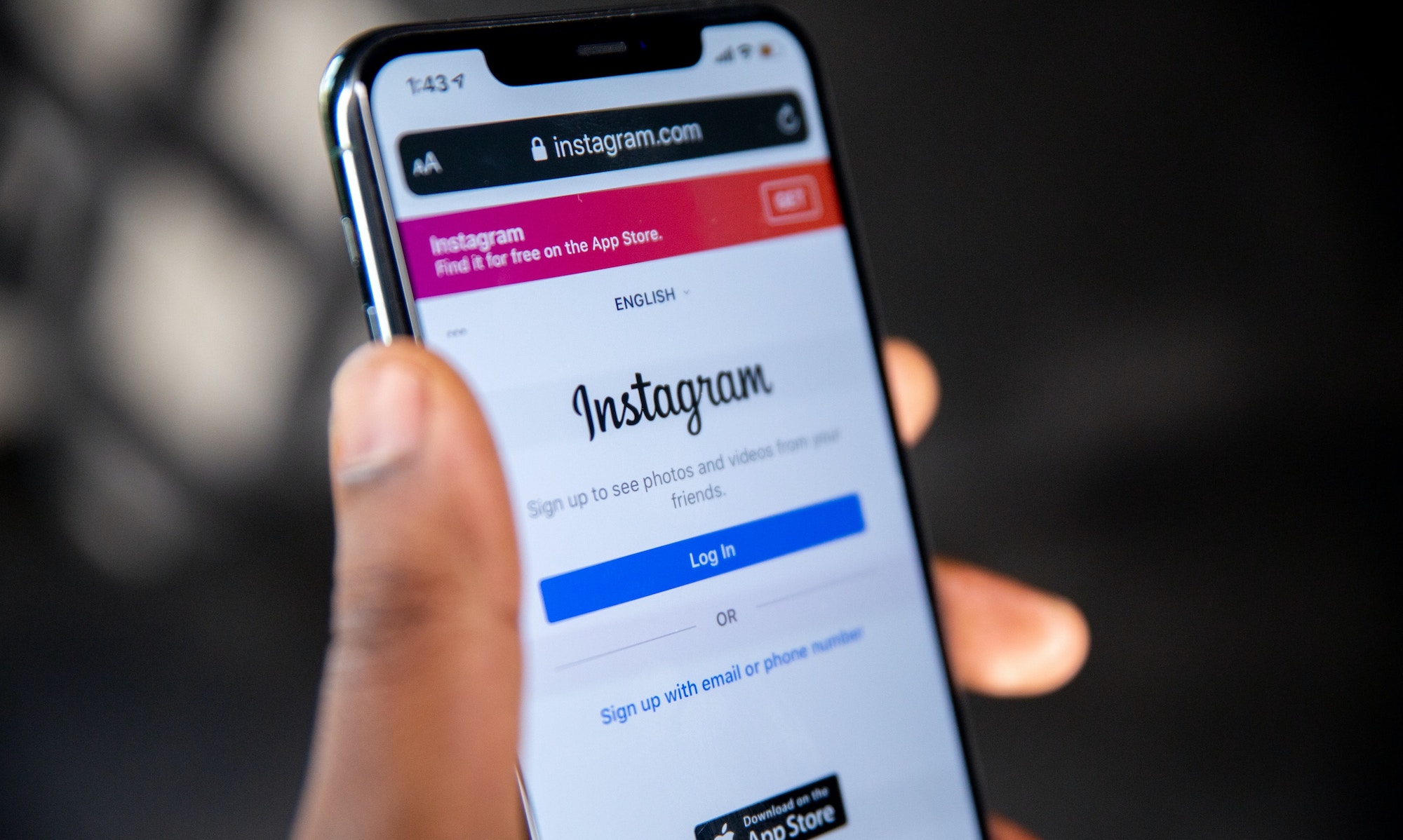Retail and eCommerce trends for 2023

Welcome to this week’s BANKNOTES newsletter.
We’re just days from the new year! And what comes with a new year, well new year’s resolutions of course.
Well we’re not here to make any resolutions that are sure to be broken by Feb. 1.
But we are here to look toward 2023 and marketing trends that are on the horizon.
BANKNOTES’ Ashley Cummings last week unpacked the top trends in eCommerce and retail that are making an impact in China and are likely to make their way to North America.
Also this week:
- Retail trends that will shape 2023
- Big Instagram updates on the horizon
- Creator Corner: Meet Rebecca Rogers
What we can learn from China’s commerce trends
Did you know that more than half of the world’s eCommerce transactions take place in China?
Commerce trends largely have taken hold in Asia first and then slowly made their way west.
Take online payments for instance? While the west is just now seeing a spike in digital wallets and alternative payment methods, that trend is actually the norm, not the exception in China, where a majority of online transactions occur with a payment method other than a credit card.
So what other trends are occurring in Asia that we can expect to see here in North America?
Ashley Cummings dove into a couple of them for BANKNOTES.
Social Commerce
Social commerce in China is built primarily on Alibaba and Tencent. Alibaba is a do-everything company in Chinese eCommerce roughly equivalent to Amazon (if Amazon were also a major player in American finance). Shenzhen-based Tencent is a multimedia company providing social commerce platforms to creators around the world.
Together, these two companies have merged social media, product discovery, and digital payments into a single, smooth experience—and comprise 90% of all eCommerce in China.
Interactive commerce (icommerce)
Interactive commerce uses technology like augmented reality (AR) to give online shoppers an experience that feels more like it would in the store. It also works in reverse by giving in-store shoppers more enhanced information—like using a live AR screen to show shoppers what different outfits from various brands might look like on them.
Chinese companies like Pinduoduo are ditching the old “search for your product” model of eCommerce and moving to icommerce. Pinduoduo’s goal is to create a virtual bazaar.
Customers can use the app to scroll personalized feeds, share products with friends, and even redeem incentives for inviting social contacts to shop with them. A “team purchase” recreates the virtual bazaar experience by letting customers negotiate lower prices when they get others to purchase, too.
Livestreaming commerce
In 2020, Viya, a popular influencer in China, went live on Taobao to an audience of 149 million viewers for a two-day shopping event. This appearance generated approximately $719 million USD in sales.
That’s not a misprint.
This single event demonstrates the power of social commerce in China. Social sales in 2022 are expected to jump more than 33% from last year, to $363 billion.
Virtual influencers
Luo Tianyi, wearing a blue dress and a white bow in her hair, has five million followers on Weibo. She hosts livestream shopping on Taobao. She’s even appeared with Lang Lang, a famous piano player, live in concert.
But here’s the thing: Luo Tianyi doesn’t exist.
Not in a conventional way, at least. Luo Tianyi is a virtual influencer, the property of Shanghai Henian Technology. And while Luo Tianyi is obviously a character, some companies blur the lines between virtual and real influencers. Take Ayayi, a hyper-realistic virtual influencer. Though she looks perfectly real, like Tianyi, she is the wholesale creation of a brand.
So what does this all mean for marketing and sales teams?
A common thread throughout most of these emerging trends is content. Moreover content that’s created by creators and influencers, though yes sometimes those influencers are virtual.
But whether you’re looking to the future of social commerce, livestreaming commerce or even elements of interactive commerce, so much of these trends will be based on a brand’s ability to create content that is genuine and connects with customers.
Retail trends that will shape 2023
In a similar vein, Insider Intelligence recently came out with its five trends that will shape retail in 2023.
Insider Intelligence piggybacks on what BANKNOTES laid out above:
"'Many platforms have been trying to gain a foothold in social commerce, but they haven’t been able to replicate what’s worked in China,' said our analyst Sky Canaves during a recent webinar. The platform that’s come closest? TikTok, but that’s been helped by Chinese parent ByteDance, which has been pretty successful at ramping up social commerce in China."
The report from Insider Intelligence goes on to list several logistical and customer service focussed areas that will stress retailers in 2023, including:
- Return policies will make or break loyalty
- The cost of business will weigh on retailers
- Struggles for mid-tier brands are in the future
As inflation and recession concerns put a squeeze on spending, consumers are beginning to rethink how they shop and budget.
“What we’re seeing now is a re-bifurcation between higher- and lower-income consumers, while the middle-income consumer is hollowing out,” said our analyst Blake Droesch.
Big Instagram updates on the horizon
A social media manager’s job is literally never done as the most popular social platforms add or update features seemingly daily.
Instagram last week announced a number of new features that seemingly have little to do with photos (you know, the app’s roots!)
The features include:
- A new Twitter-like ‘Notes’ feature based on short text-based posts.
- ‘Add Yours’ nominations—a way to invite friends to take part in Add Yours stories.
- Candid Stories—essentially a clone of the popular BeReal app.
- Group Profiles—allowing invited friends to operate their own walled-off feed visible only to the group
- Collaborative Collections—The ability to save posts into shared collections viewable to selected users.
Read more about the changes over on the Instagram blog.
Creator Corner: Meet Rebecca Rogers
We hear about school from our kids' or cousins' perspective but what about the teachers? Rebecca Rogers is filling this gap.

During COVID she started posting on TikTok to entertain her students. It started off as a joke but slowly turned into a massive business. She quit teaching and now creates a space on social media to remind us what teachers have to go through. Moral of the story: It’s not easy being a teacher. Her videos are comical and very relatable. It’s easy to see why parents love the videos!
Follow Rebecca:













.png)
.png)
.png)




.jpg)
.jpg)
.jpg)
.png)



.png)
.jpeg)

























































.jpg)


























